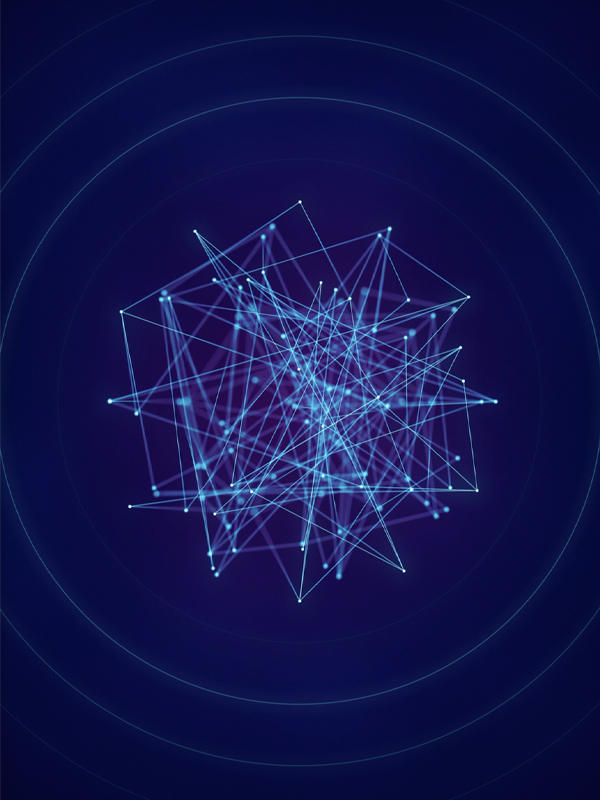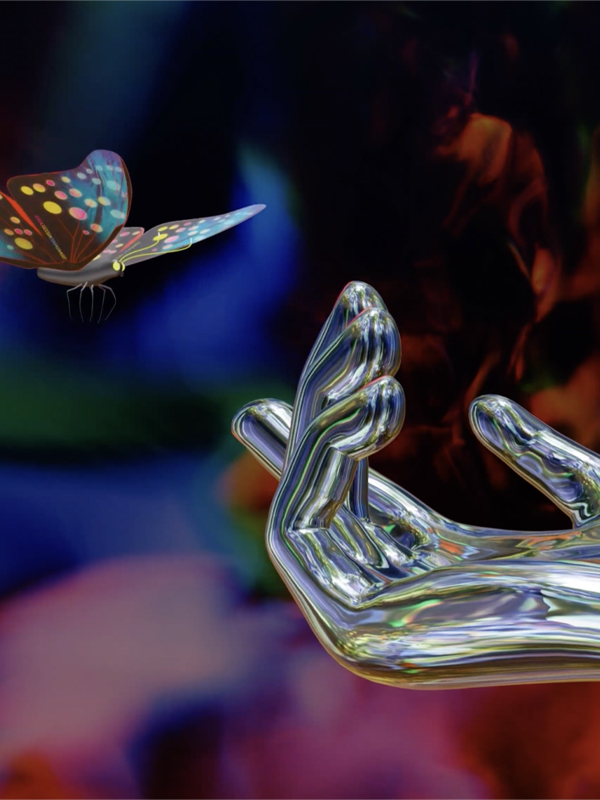Key Takeaways
- The four pillars that lead in-house creative agencies are identity, process, structure, and positioning.
- Identity involves recognizing unique competence, defining the agency's identity, becoming the preferred choice, and communicating the identity.
- Process focuses on streamlined operations, fostering creativity, managing workflow, and balancing precision and freedom.
- Structure looks at team composition, skills and talent, external partnerships, and aligning capabilities with identity.
- Positioning involves mastering perception through client interactions, work presentations, and brand communication to establish the agency as a strategic partner.
The evolving landscape of in-house creative agencies is currently experiencing a pivotal shift, from focusing on mere tactical efficiency to encompassing transformational creativity. As a strategist and consultant who has worked in this field for a long time and has seen how quickly it changes, I have found that the best in-house agencies stand out on four main points: identity, process, structure, and positioning. To understand how these four components can come together to help transform your in-house agency, let's take a look at each in more detail.
1. Identity: The origin of uniqueness
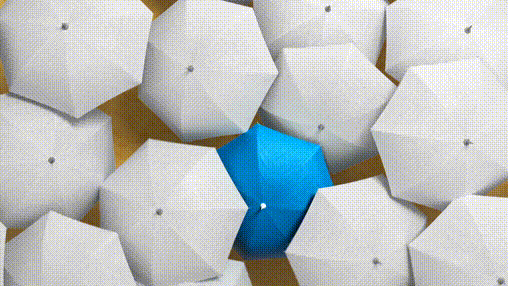
Identity forms the foundation of your in-house agency's distinctiveness. It is the unique fingerprint that sets your agency apart from others.
Recognizing your unique competence
The journey starts with identifying your in-house agency's unique competence—the one big thing that sets you apart from any external agency. This could be anything from being known as the creative problem solvers that can tackle any marketing challenge to being masters of display advertising and paid media or being faster with work and better brand governance.
This unique competence should be something that your agency excels at—something that you do better than any external agency. It could be your innovative approach, your unparalleled expertise in a particular capability, or your ability to deliver quality work under tight deadlines. Whatever it is, it's your agency's superpower.
Defining your identity
Once you've identified your unique competence, it's time to define your identity. This involves articulating who your agency is, what you stand for, and what makes you excel. For instance, if your agency is a creative powerhouse, your identity could be centered around innovation, out-of-the-box thinking, and delivering exceptional creative solutions.
Becoming the preferred choice
Defining your identity not only sets you apart but also positions your in-house agency as the preferred choice for internal marketers. When your identity aligns with your unique competence, it creates a compelling narrative that attracts internal clients. They don't just see you as another agency—they see you as a trusted partner, their go-to choice, who can deliver creative solutions tailored to their needs.
2. Process: The framework of efficiency and creativity
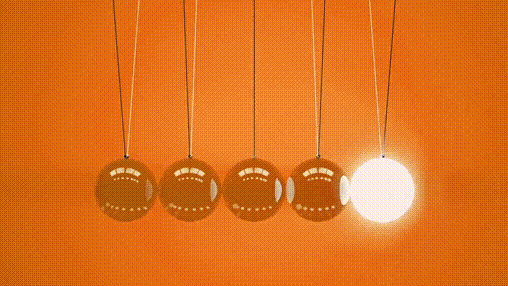
The creative workflow process is the lifeblood of any agency, serving as the blueprint that drives creative operations. It is a structured pathway that guides and optimizes your team's workflow and work prioritization strategies.
Streamlined operations
Streamlining operations is a vital first step in nurturing creativity within your team. Efficient operations result in fewer bottlenecks, less wasted time, and a smoother workflow. This efficiency frees up your team to have more time for true creativity to thrive, focusing more on the strategic creative work and less on the tactical.
Incorporating workflows designed for specific types of work can significantly boost this efficiency. For instance, a current popular approach among in-house agencies is using the “T-shirt sizing' approach to project, where each size corresponds to the projects complexity and time and resources required. A Small sized project might need few resources, less time, and less rounds of review when compared to a Large.
Alternatively, a Tiering methodology could be adopted, where each tier represents a different level of strategic importance or complexity. Tier 1 projects have strategic importance and are highly complex, while Tier 4 projects have lower strategic importance and are less complex.
Utilizing project management tools can further enhance these methodologies by providing a platform to automate workflows that match each Tier of work, as well as tracking progress, resource utilization, schedules and stakeholder reviews/feedback.
Fostering creativity
Ensuring that your processes foster creativity is equally important. A well-structured process should be flexible enough to encourage creativity and experimentation while maintaining a balance with methodical precision.
Creating ‘white space' for your senior creatives is another essential aspect of cultivating a creative environment. Senior leaders should schedule white space in their calendars to effectively handle unforeseen task- and people-related concerns.
Your process should not be a restrictive set of rules that hampers innovation. Instead, it should serve as a platform for your team to express their unique ideas. It's about creating an environment where there is ‘freedom in a framework,' enabling your agency to transform into the most valuable creative partner for your internal customers.
Managing workflow
It's often said that the difference between good and great lies in how efficiently you manage the workflow. Proper workflow management ensures that your team's creativity is directed where it matters most. This involves prioritizing tasks, setting clear objectives, and maintaining open communication channels for collaboration and feedback.
Balancing precision and freedom
Creativity requires embracing both divergent and convergent thinking, exploring ‘what if' scenarios for possibilities and ‘what is' for realistic outcomes. This process should be efficient, agile, and conducive to creative thinking to allow a brilliant idea to take flight. Striking a balance between methodical precision and creative freedom is crucial. While precision ensures consistency and quality, creative freedom allows for innovation and uniqueness. This balance allows your agency to transform into the most valuable creative partner for your internal customers by offering unique solutions grounded in reality.
3. Structure: Orchestrating success
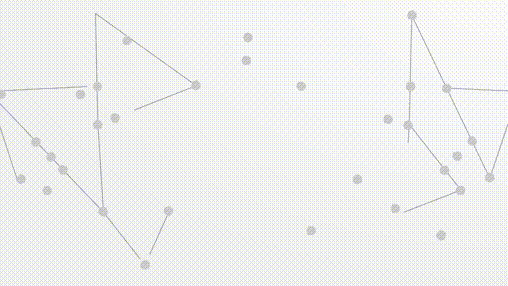
Structure, in the context of an in-house agency, refers to how your team is composed and organized, and how you identify and leverage the right external creative partners. It's about strategically aligning the skills, talent, and external partnerships with your agency's core identity and not being afraid to retool if your work is changing.
Team composition
Building the right team for your in-house agency means more than aligning with company values and mission. It's about having individuals and partners who embody the agency's specific identity. If your focus is on creative strategy, we need innovative strategists and creative directors. If it's about producing social media content at scale, we need efficient, detail-oriented designers and copywriters. This skill-to-task match is a departure from simply forming a team of generalists who share the organization's broader ethos and goals.
Senior leadership is crucial in assembling teams that not only have talent but also reflect the unique identity and objectives of the agency.
Skills and talent
The next critical aspect is the blend of skills and talent within your team. Just like an orchestra, your agency requires a mix of different skills and talents that can work in harmony to produce innovative and successful outcomes. Ensuring you have the right talent to bring your unique value proposition to life is pivotal.
Aligning capabilities with identity
Last but not least, it's essential to align your team's capabilities with your agency's core identity. This alignment goes beyond individual skills and talents—it involves creating a cohesive team that works together seamlessly to deliver on your promise of an exceptional in-house agency experience.
External partnerships
In today's interconnected world, no in-house agency is an island. Forming strategic partnerships with external support can significantly enhance your agency's capacity, scalability, and capabilities. Whether it's collaborating with niche advertising agencies for broadcast campaigns and specialized projects or a co/creation agency like Aquent Studios to free your internal team up to focus on strategic creative, these alliances can help fill skill gaps and extend your agency's reach. However, it is crucial to choose the appropriate outside partner. Be sure to find a partner that is specifically built and aligned to support the unique nature of in-house agencies (like Aquent Studios' co/creation model).
4. Positioning: Mastering perception

Positioning, the final pillar, plays a pivotal role in the success of your in-house agency. It's about consciously curating and managing the perception of your agency both within and outside your organization. This is not just about what you do and how you do it. It's also about how your work is perceived.
Positioning is more than just recognizing your strengths—it's about living them out in all aspects of your operations. This means ensuring that your in-house agency's unique identity and value proposition are consistently and cohesively echoed across all touchpoints. Moreover, it's about narrating this story within your organization on a regular basis, cultivating a strong internal brand.
Client interactions
Every meeting, email, or casual conversation is an opportunity to reinforce your agency's positioning. Is your team responsive and proactive? Do they communicate effectively, articulating ideas clearly and confidently? Are they perceived as trusted advisors who understand the business and can provide strategic guidance? These are critical elements that shape the internal perception of your agency.
Work presentations
Your work presentations offer another platform to solidify your agency's positioning. Often called ‘roadshows,' how you present your work can be just as important as the work itself. It's not just about showcasing great designs or clever copy but demonstrating strategic thinking, problem-solving capabilities, and a deep understanding of the brand and business goals. This helps build credibility and reinforces your agency's position as a strategic partner, not just a service provider.
Brand communication
Lastly, consider your own brand communication. How does your in-house agency represent itself internally and externally? Your agency's brand should echo its unique identity and value. Every detail contributes to the overall perception of your agency.
In essence, mastering positioning is about creating a compelling narrative around your in-house agency—its strengths, its uniqueness, and its value—and then consistently communicating this narrative through every interaction and touchpoint. This helps establish your in-house agency as more than just a creative resource but a strategic partner that is integral to the success of the business. This is the true power of positioning.
Conclusion: The path forward
The journey to becoming a world-class in-house agency in today's business environment is about more than just excelling in various areas. And it's certainly about more than just cost savings. It's about embedding these elements into your agency's DNA and then using data and metrics to validate the transformation. This approach is holistic, where each component complements and amplifies the others, creating a synergy that propels your agency from being just another creative team to a powerhouse of innovation, scale, and creativity.
Transitioning from a tactical service provider to a transformational creative powerhouse is indeed ambitious, but it's not out of reach. By focusing on the four critical pillars of identity, process, structure, and positioning, your in-house agency can not only meet the evolving demands of your marketing stakeholders but also set new standards for excellence and innovation.
This transformation redefines what it means to be a world-class in-house creative agency. It requires changes in mindset, approach, and operations, but the end result—a powerful, highly effective in-house agency—is undoubtedly worth the effort. If any of these pillars seem out of reach, please reach out. We specialize in helping and guiding in-house creative leaders and their teams through these transformations.



